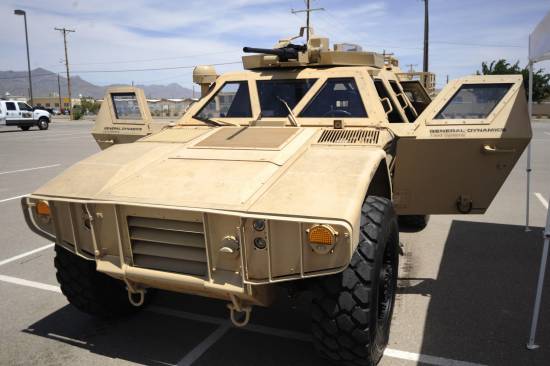US Army gives green light to shape vehicle electrification requirements
WASHINGTON — Army Futures Command has given the green light to the Maneuver Capabilities Development and Integration Directorate to move forward on developing a plan to equip tactical and combat vehicles with electric power, according to a Sept. 21 statement.
The directorate will begin drafting a requirements document for Tactical and Combat Vehicle Electrification (TaCVE) and will host an industry day Oct. 20 to share its electrification initiatives with industry.
CALSTART, an organization that focuses on clean technology transportation, and the Ground Vehicles Systems Center will cohost the event.
The electrification effort aims to decrease the Army’s reliance on fossil fuels. “The requirement also aims to increase operational reach across all maneuver formations through electric propulsion, which offers a variety of operational and tactical benefits,” a statement from the directorate read.
“These include the potential to double operational duration, implement silent mobility, increase silent watch, and potentially reduce the Army’s logistical burden by nearly half when fully implemented,” it stated.
The Army launched an earnest effort into electrifying the brigade earlier this spring.
Lt. Gen. Eric Wesley, then-director of the Futures and Concepts Center within AFC, told Defense News at the time that the effort is easier said than done and doesn’t just just focus on simply powering a vehicle electrically. Instead, it would attempt to work out how an entire enterprise that would support those electric vehicle fleets and other capabilities could work.
“Let’s be clear. We’re behind. We’re late to meet on this thing,” Wesley said. “If you look at all of the analysis, all of the various nations that we work with, they’re all going to electric power with their automotive fleet, and right now, although we do [science and technology] and we’ve got some research and development going on and we can build prototypes, in terms of a transition plan, we are not there.”
Army officials know there will likely be a time where vehicles that use fossil fuel and ones that are all-electric share the battlefield. “What is the distribution plan that enables that?” Wesley wondered. “That is much more complex when you look at the implications for an entire enterprise.”
Wesley was preparing a proposal for the head of Futures Command on how the service might accomplish such an endeavor that could change the paradigm of the logistics and sustainment tails as well as enhance force mobility.
The proposal was intended to make a business case for the Army electrifying the formation, discuss the technical feasibility and describe a transition process.
The MCDID requirements development process gives the overall effort traction to move out quickly.


